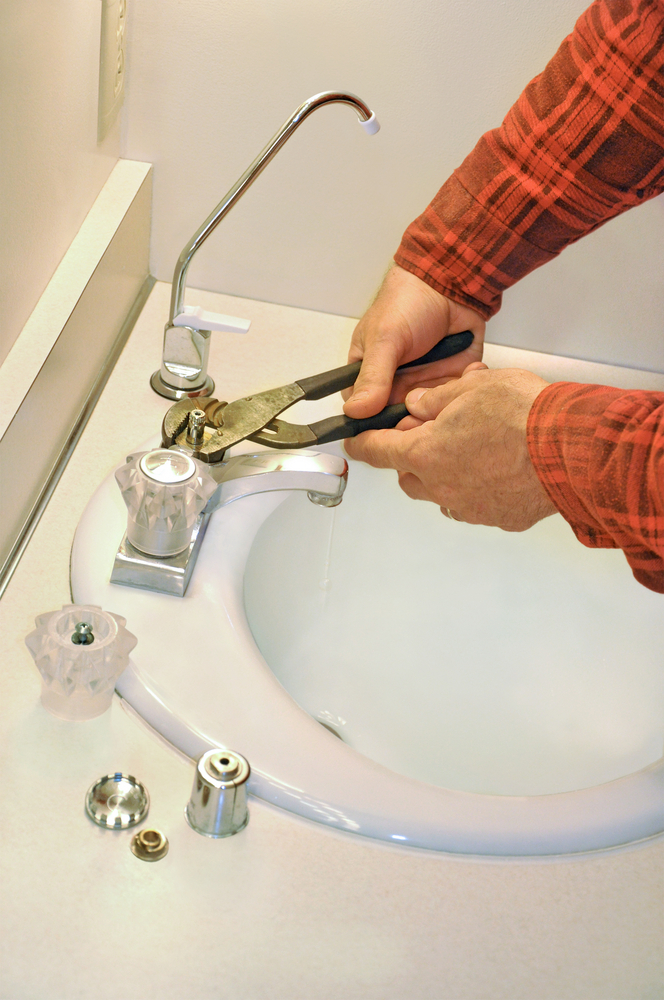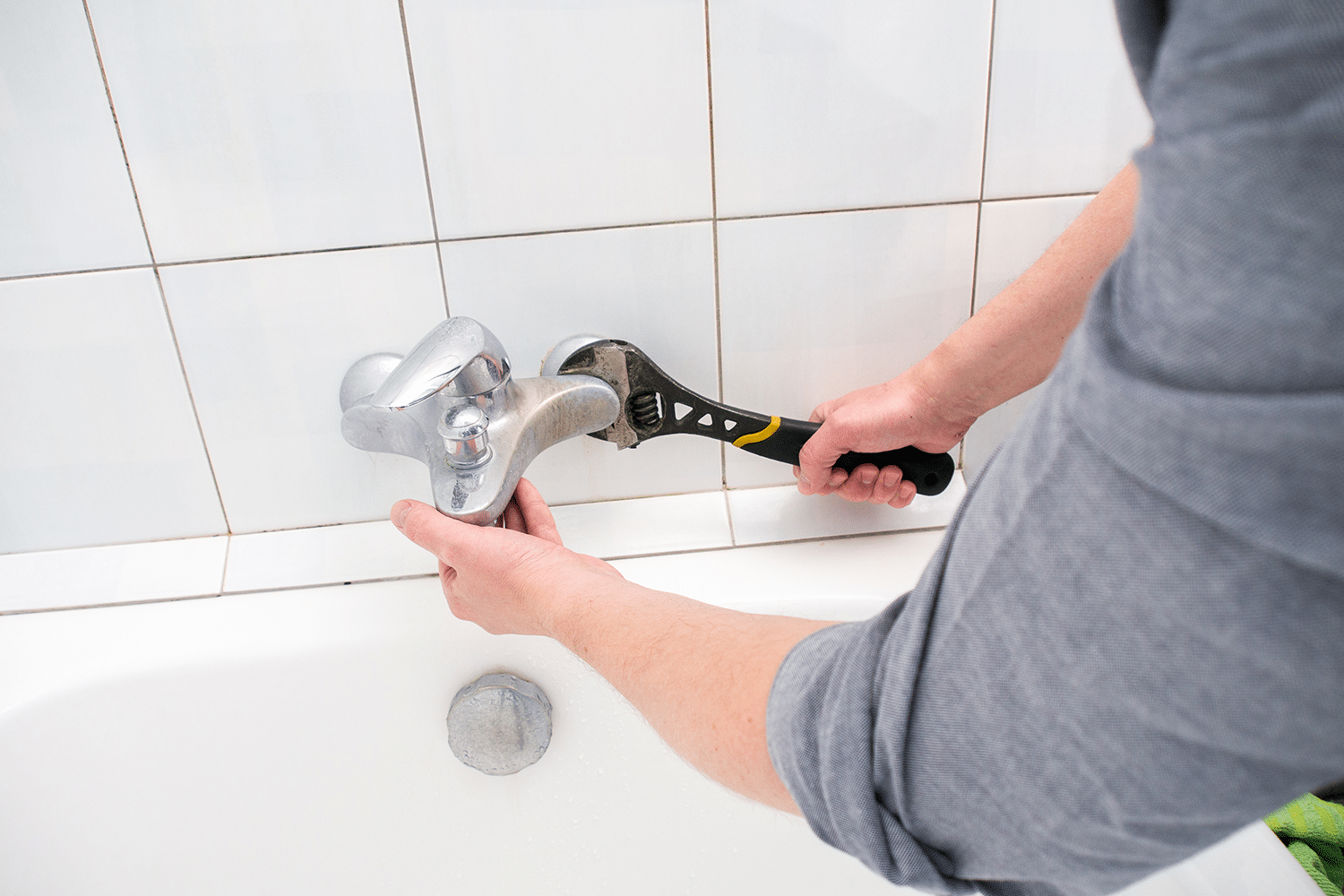Which It's Essential to Address a Broken Faucet
Which It's Essential to Address a Broken Faucet
Blog Article
This great article down below on the subject of How to Fix a Dripping or Leaky Faucet is fairly informative. Give it a try and make your own conclusions.

Dripping taps may look like a minor hassle, yet their effect goes beyond just the aggravation of the noise. From drainage to incurring unnecessary financial costs and health and wellness threats, neglecting a leaking tap can cause various consequences. In this post, we'll delve into why it's crucial to address this usual household problem immediately and effectively.
Wastefulness of Water
Ecological Influence
Leaking taps contribute dramatically to water waste. According to the Environmental Protection Agency (EPA), a solitary tap leaking at one drip per second can throw away greater than 3,000 gallons of water per year. This not only pressures water resources yet likewise affects ecosystems and wildlife dependent on them.
Financial Prices
Enhanced Water Expenses
Beyond the ecological effect, trickling faucets can pump up water bills considerably. The accumulated wastage with time equates into higher utility expenses, which might have been avoided with timely repair work.
Prospective Home Damages
Moreover, long term dripping can result in harm to fixtures and surface areas surrounding the tap. Water build-up can trigger staining, rust, and even structural issues if left ignored, causing additional fixing costs.
Health Issues
Mold And Mildew and Mildew Growth
The consistent presence of dampness from a dripping faucet creates an ideal environment for mold and mildew development. These fungi not just compromise indoor air high quality however likewise posture health threats, especially for individuals with respiratory conditions or allergic reactions.
Waterborne Diseases
Stagnant water in leaking taps can become a breeding place for germs and other microorganisms, raising the threat of waterborne diseases. Impurities such as Legionella microorganisms thrive in stationary water, potentially causing significant ailments when ingested or inhaled.
Do it yourself vs. Expert Repair
Advantages and disadvantages of Do It Yourself Fixing
While some may attempt to repair a dripping tap themselves, DIY fixings feature their own collection of difficulties. Without correct knowledge and devices, do it yourself attempts can exacerbate the problem or bring about insufficient repair services, extending the issue.
Advantages of Working With an Expert Plumber
Hiring an expert plumber makes sure that the underlying reason for the trickling tap is addressed efficiently. Plumbers have the expertise and equipment to detect and fix faucet concerns successfully, saving time and lessening the risk of additional damages.
Step-by-Step Overview to Taking Care Of a Dripping Faucet
Devices Needed
Before attempting to take care of a trickling tap, gather the necessary tools, consisting of a flexible wrench, screwdrivers, replacement parts (such as washers or cartridges), and plumber's tape.
Typical Faucet Issues and Their Solutions
Determine the type of faucet and the particular issue creating the drip. Usual troubles include damaged washers, corroded valve seats, or malfunctioning O-rings. Refer to maker instructions or on-line tutorials for step-by-step advice on repair work.
Safety nets
Routine Upkeep Tips
To stop dripping faucets, carry out routine maintenance such as cleaning aerators, evaluating for leaks, and replacing damaged components promptly. Furthermore, take into consideration installing water-saving devices or upgrading to a lot more effective components.
Importance of Prompt Fixes
Addressing leaking taps as soon as they're discovered stops further water wastefulness and prospective damages, eventually saving both water and cash over time.
Effect On Building Value
Understanding of Well-Maintained Property
Preserving a home in good condition, including dealing with upkeep issues like dripping taps, improves its perceived value and worth among possible customers or occupants.
Impact on Resale Value
Properties with properly maintained plumbing fixtures, consisting of taps, command higher resale worths in the realty market. Resolving leaking faucets can contribute to a favorable impression throughout property inspections and settlements.
Ecological Duty
Specific Payment to Conservation
Taking obligation for dealing with trickling taps lines up with more comprehensive initiatives towards water conservation and ecological sustainability. Every person's actions jointly make a significant effect on maintaining valuable sources.
Lasting Living Practices
By prioritizing timely fixings and taking on water-saving practices, individuals add to sustainable living techniques that benefit both existing and future generations.
Conclusion
Dealing with a leaking faucet goes beyond plain comfort; it's a vital action towards preserving water, reducing economic costs, and securing health and residential or commercial property. Whether via DIY fixings or professional support, acting to fix leaking taps is a small yet impactful means to promote responsible stewardship of sources and add to a much healthier, more sustainable future.
Why Are My Faucets Dripping (And Can I Fix it Myself)?
Causes of a Dripping or Leaking Faucet
Whether you’re hearing drops of water falling and hitting a sink, or noticing water ooze out from the base of the spout, you shouldn’t ignore a dripping or leaking faucet. And, the good news is, sometimes you can fix the problem yourself.
In this article, we’ll review a few common causes of dripping and leaky. We’ll also walk you through some basic ways to find the problem and handle it without calling anyone — and let you know when to call in a pro.
But, no matter what the cause, or whether you can handle it on your own, the sooner you address it, the better.
Each drip may be a tiny amount of water. But, they all add up quickly. According to the U.S. Geological Survey, one faucet losing one drop every 20 seconds — five a minute — wastes around a liter of water every day, and 173 gallons a year.
Add in more than one in your house, and it’s a lot of water to waste. So, we’ll help you get to the bottom of things quickly.
Four Reasons Your Faucet May Be Dripping
Aerator is Damaged or Unseated Valve Seat is Corroded O Ring is Loose or Worn Out Part of the Assembly is Loose Aerator is Damaged or Unseated
If you unscrew the end of your faucet, you’ll find the aerator. It’s the little stem piece with a screen on it that shuts off the water circulation.
If it’s damaged, or if it’s not sitting right, it will allow water to pass through.
Valve Seat is Corroded
Next is the valve seat, which is connected to the washer. If the washer wasn’t in place correctly, then it could have ground against the seat. Over time, this damages the valve seat.
The problem could also be corrosion: Over time, the part has worn out, and it’s now allowing water to pass through.
O Ring is Loose or Worn Out
Since the o ring is only a small rubber gasket, it’s a common reason why the faucet is dripping. You’ll find it at the base of the faucet, and it’s there to keep water from coming out where it’s not supposed to.
However, it’s common for the o ring to wear out over time. When it does, you’ll notice a drip.
Part of the Assembly is Loose
So far, we’ve looked at a few small, specific parts. But, the problem could be anywhere in the assembly if something’s out of place.
Even if a part isn’t damaged, over time, it may have become loose or dislodged. It could be the parts we mentioned, or the aerator at the tip of the faucet, the stem itself,
Can I Fix a Leaky Faucet Myself?
Depending on the problem, and how handy you are, there’s a chance you can fix a leaky faucet without calling a professional. But, you do run the risk of making the problem worse.
If it’s a small drip, you can certainly try a few troubleshooting tactics. We’ll walk you through them in a moment.
But, no matter what, your first step should be shutting off the water coming into the faucet. You should find a shutoff valve under the sink on the pipes leading to it. Turn each one clockwise until they close tightly.
Next, make sure you have the right tools for whatever you’re attempting. It’s tempting to make do with what you have. But, you need the right ones for a reason: You’re often dealing with small parts that can break if you handle them carelessly.
If you’re feeling confident, here are some places to start.
Items Near the Tip of the Faucet
A few of the parts we mentioned — particularly the valve seat and washer — are located at the tip of the faucet where the water comes out. They’re easy to access, making it a good place to start.
Check the O Ring
To check the o ring, you’ll need to take off the spout at the base. It’s easiest on kitchen sinks with long spouts, versus the smaller, bulkier base on most bathroom sinks.
Either way, this can be tricky, so do it carefully and don’t force anything. If it’s not coming right off, you’re much better off calling in a pro than possibly breaking something.
For a kitchen sink, there’s usually a nut or coupling assembly at the base of the spout. These often slide off easily without using any tools.
Once you’ve disassembled those parts, gently but forcefully twist off the spout.
Then, you can see the o rings. There should be two of the rubber gaskets on the base. If they look worn or damaged, replace them, and see if that solves the problem.

As a serious reader about Water Dripping from Faucet: Why and How to Fix, I think sharing that topic was smart. In case you appreciated our article plz remember to share it. Many thanks for being here. Revisit us soon.
Report this page